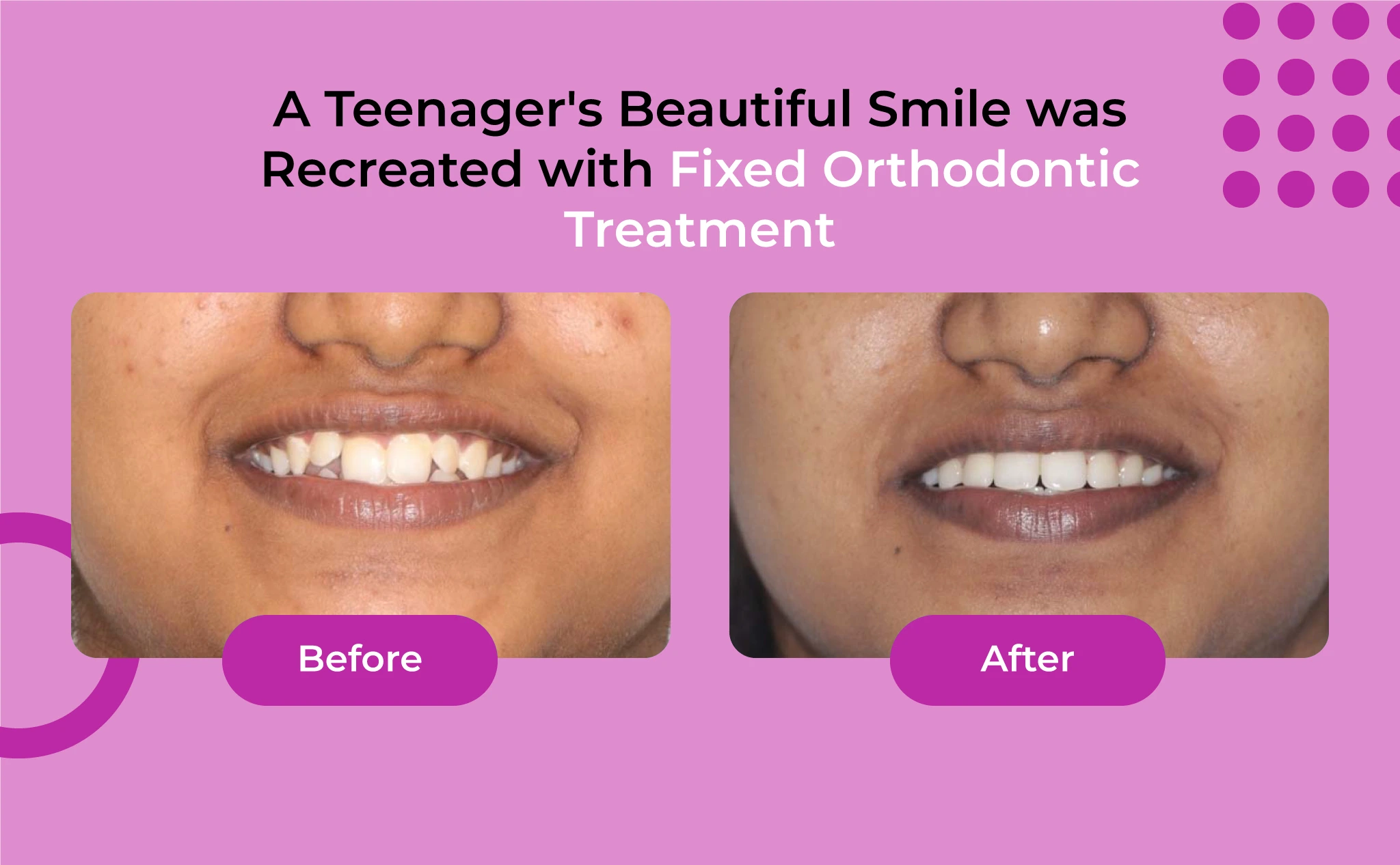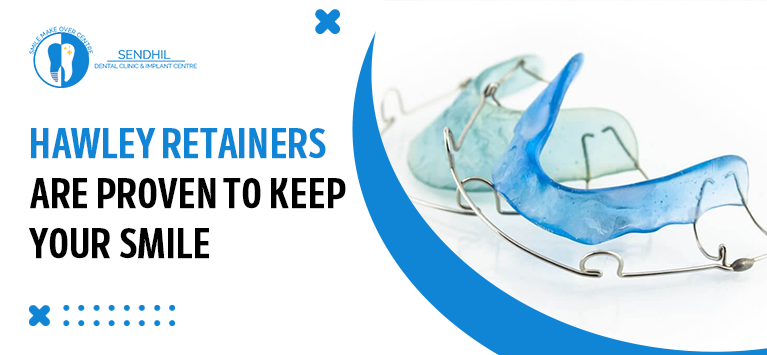
What do dentists tell about Orthodontic emergencies?
The teeth straightening journey involves different stages, regular adjustments, and periodical check-ups. Besides these, orthodontic treatments involve mild irritations, abrupt tooth or braces-related emergencies. If you had worn teeth braces, you would have visited your Orthodontist at least once to repair the loosened or damaged part of the appliance. Right?
In general, teeth straightening treatment is neither arduous nor troublesome except dealing with certain discomforts & emergencies associated with wearing dental braces.
Remember that you should aware of the difference between the normal hardships and orthodontic emergencies that mandate immediate care from Professionals. In this article, we have distinguished them along with tips to temporarily solve critical situations.
Table of Contents
What kind of orthodontic hardships are not an emergency?
The dental braces make your mouth, teeth, and jaw sense pain, soreness, or irritations at times. In most cases, they go on their own so that you don’t worry about these discomforts.
When the braces are first fitted, the mouth and teeth need some time to become accustomed to the new appliance. Until then, the oral tissues (like tongue, cheks) get irritated with the parts of dental braces. This is why you are encountering mouth sores in the initial stage of teeth straightening treatments. Such pain and tenderness will subside once the oral tissues adjust to the braces. The same applies to the annoyance after adjusting the teeth braces.
Taking OTC medications prescribed by your dentist for a few days will provide you relief.
What are considered orthodontic emergencies?
Injuries to the teeth, gums and other oral tissues, unbearable pain after wearing teeth braces are major emergency conditions for which you need immediate care. Meanwhile, some general and minor orthodontic emergencies occur due to an impaired part of a dental brace.
Despite they are minor problematic conditions, timely solutions are essential for them too. Otherwise, the patient might swallow the loose or crumbled components. Here are some orthodontic emergencies and tips to address them temporarily:
1) Broken brackets
Brackets are the small metal squares attached over the teeth. They help in distributing the force applied with the archwire for guiding the teeth movement. Even though the brackets are cemented using a strong adhesive agent, they come apart at times.
As the bracket is still attached to the wire, it will not fall out but you should visit your orthodontist to reattach the metal bracket onto the tooth as soon as possible.
2) Problem with wires
The brace wire is threaded through the brackets to exert pressure over the teeth for straightening. However, it becomes loose and even breaks over time or when the wire comes out of a bracket. Here are the simple ways to handle such situations:
- If an end of the archwire is poking into the cheek or other oral tissues, use a clean fingernail cutter to trim the elongated portion.
- Place a ball of wax or a small cotton ball over the wire end to prevent it from rubbing against the cheeks or gums.
- Similarly, you can bend the wire against the teeth.
3) Brace wire slipped out
Generally, the brace components become loose once the teeth begin to reposition or move to their rooms. Hence orthodontists recommend the teeth braces require regular adjustments. In certain cases, the archwire loosened and slipped completely from the molar tube.
At that time, move the wire and enter it into the respective molar tube using your finger or tweezer in your home. If it does not hold in its place, try to clip it with a nail clipper otherwise visit your dentist soon.
4) Lost rubber elastic band
The rubber elastic bands are placed over the brackets to hold the archwire in its place. It is an additional precaution only so that the missing elastic band will not affect the treatment.
5) Broken Retainer
Every orthodontic patient should wear a retainer for 4 to 6 months once the teeth straightening treatment is completed and the braces are removed. A retainer is prescribed to permanently secure the straightened teeth in their new positions.
If a retainer is broken accidentally, then look at whether it fits well with your teeth. If yes, you can continue with the existing one. In contrast, if the appliance is severely damaged or bent out of shape, you have to get a new retainer.
Bottom line
The journey of straightening your crooked teeth involves some temporary difficulties. However, they are easy to address. The tips we have shared are a few instances. If you want to prevent such tooth-related orthodontic emergencies, you should maintain the instructions prescribed by your orthodontist.








